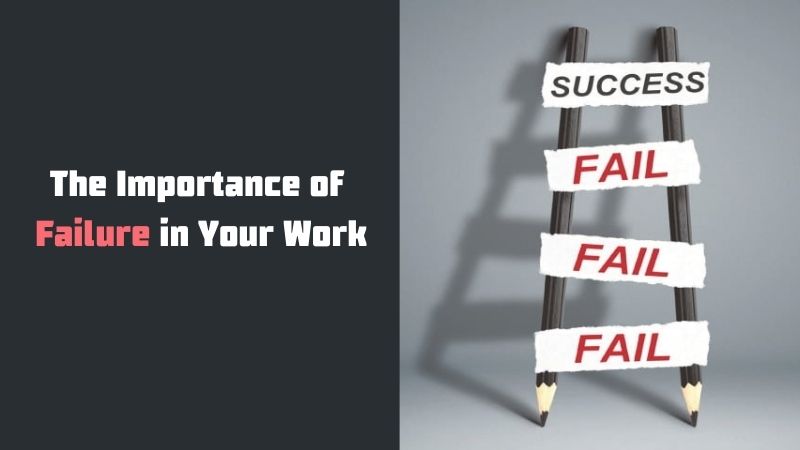The Importance of Failure in Your Work
«Success and failure in design are interconnected,» said Henry Petrosky, engineer and professor at Duke University. We publishe an excerpt from his book Success through Failure. The design paradox «about why failures in your work are, firstly, inevitable, and secondly, simply necessary».
«Failure is an unacceptable difference between expected and actual functionality,» defined the Forensic Medical Technical Council of the American Society of Civil Engineers.
A good project, therefore, is a preliminary analysis of the shortcomings, something that both the designer and the one who chooses the result of such design should do it. Predicting and determining where and how a project can fail – or whatever they might perceive as a flaw – is the first step to success. Nevertheless, regardless of whether we design or just buy a suitcase, or, for example, build or rent a warehouse, we can miss the details that make up the difference between success and failure. Just as a suitcase can disappoint, even if it does not fall apart, so the building does not need to collapse to the ground, so that we consider it unsuccessful. If the doors of a newly built warehouse are narrower than the goods that are stored on it, this is definitely a failure.
An «unacceptable difference between expected and actual functionality» can occur when a structure simply settles and cracks. In this case, considerable disagreement may arise regarding what should be expected and what is considered unacceptable. Unfortunately, sometimes expectations are articulated only retroactively – in the courtroom.
Even if only part of a successful project fails, the entire project can be considered unsuccessful – and this is a signal, an occasion to study the error, change the concept, redesign.
The Walt Disney Concert Hall in Los Angeles is a prime example of architectural and engineering design. Frank Herry’s imagination gave the heavy stainless steel façade the look of soft and flexible flower petals. However, shortly after completion of the construction, an unexpected problem arose. The surface of one section, lined with shiny, not matte panels, like the rest of the building, reflected sunlight towards the apartment building opposite, dazzling its residents and raising the temperature in their apartments by almost 30°C. If the designers had figured this out in advance, a non-reflective finish could be used. When I went to the concert hall, the problem surface was draped with a mesh cloth to mitigate the undesirable effect while they were looking for a final solution. Not surprisingly, the solution – a new design – was to muffle the bright finish, it only remained to choose a method. The question was studied for almost a year, after which it was announced that the problem section would be cleaned with a sandblast, which “would make the finish matte so that it resembled the exterior of the entire building.”
Category: Other
Tags: engineering, failure, success
